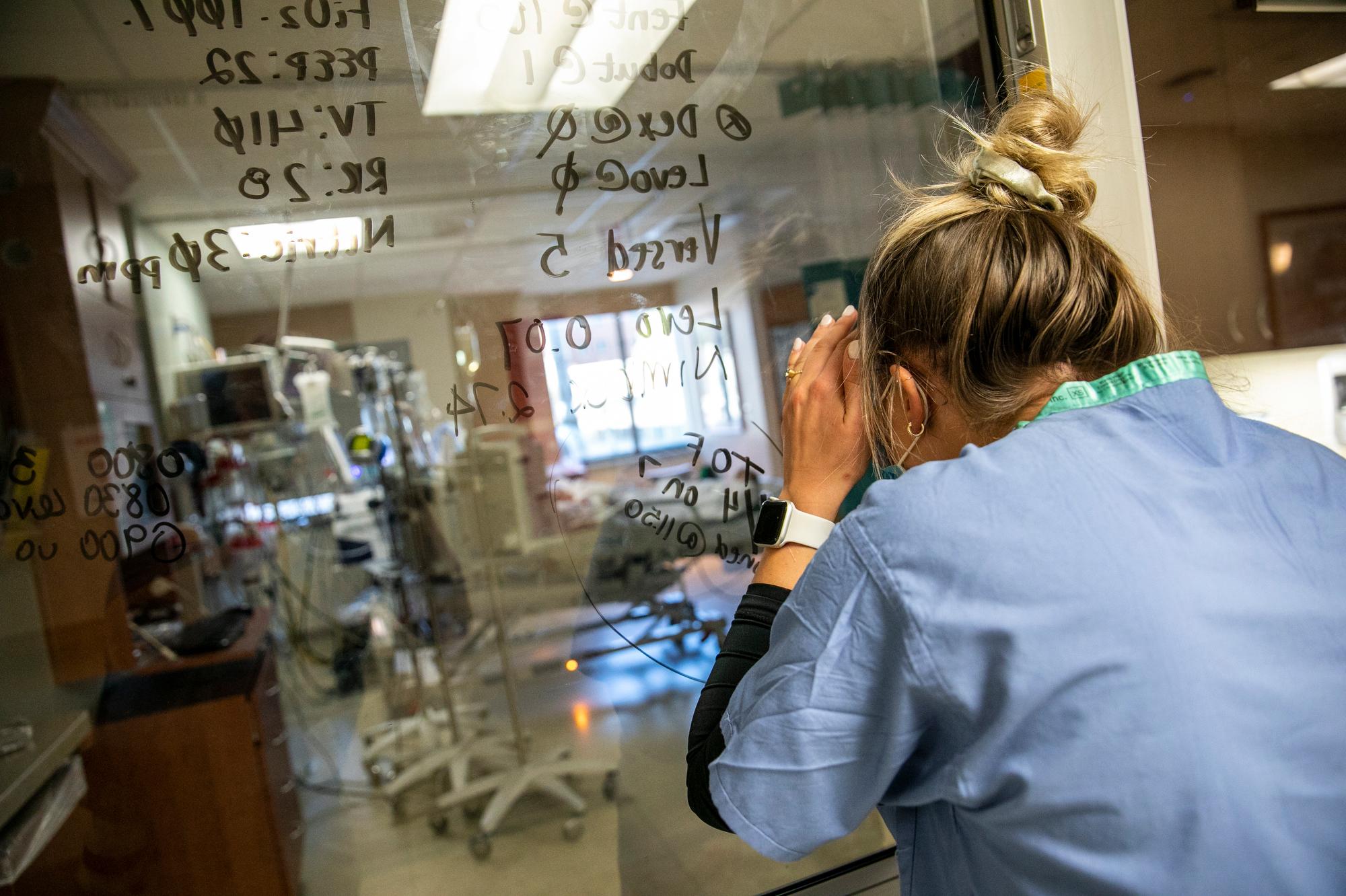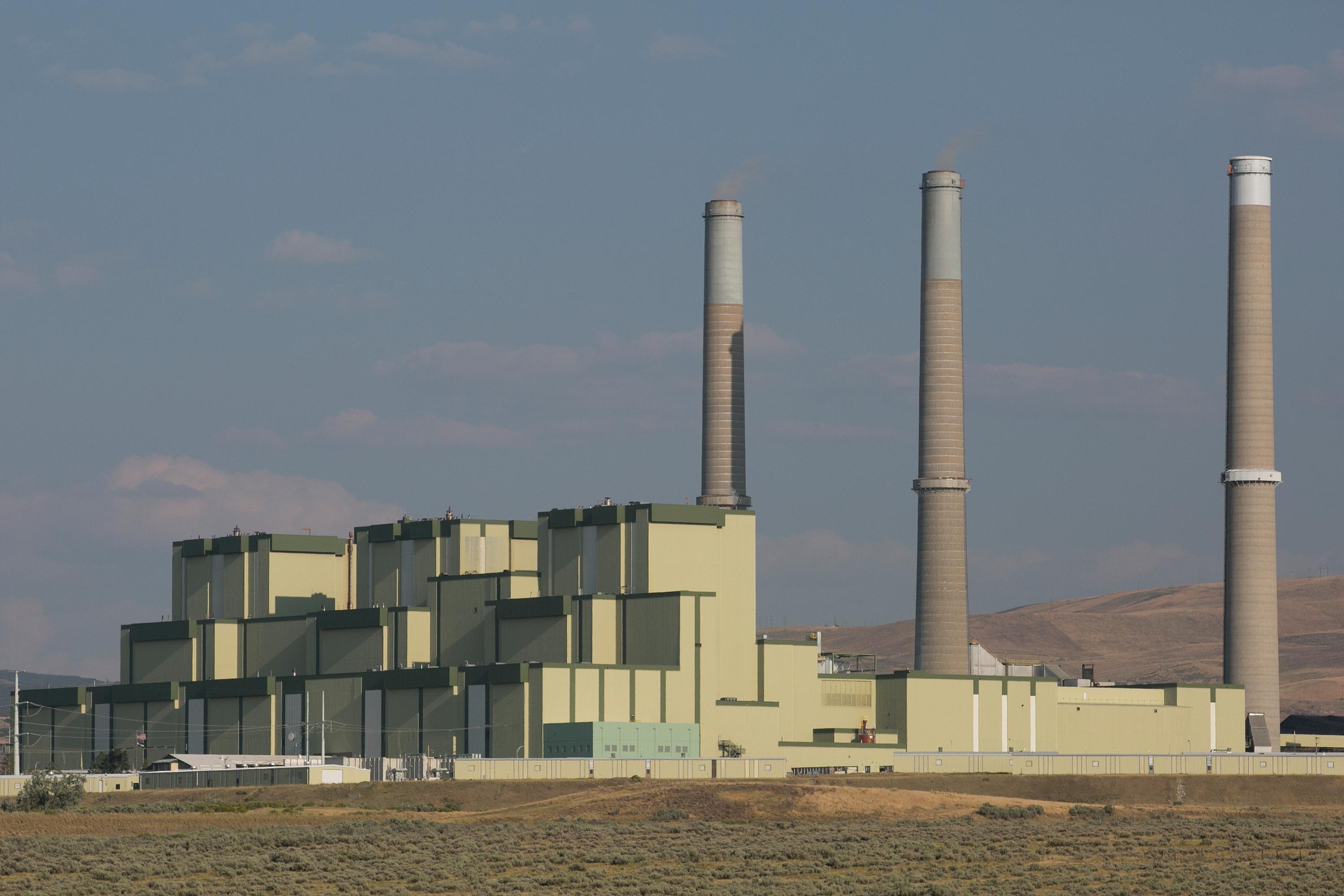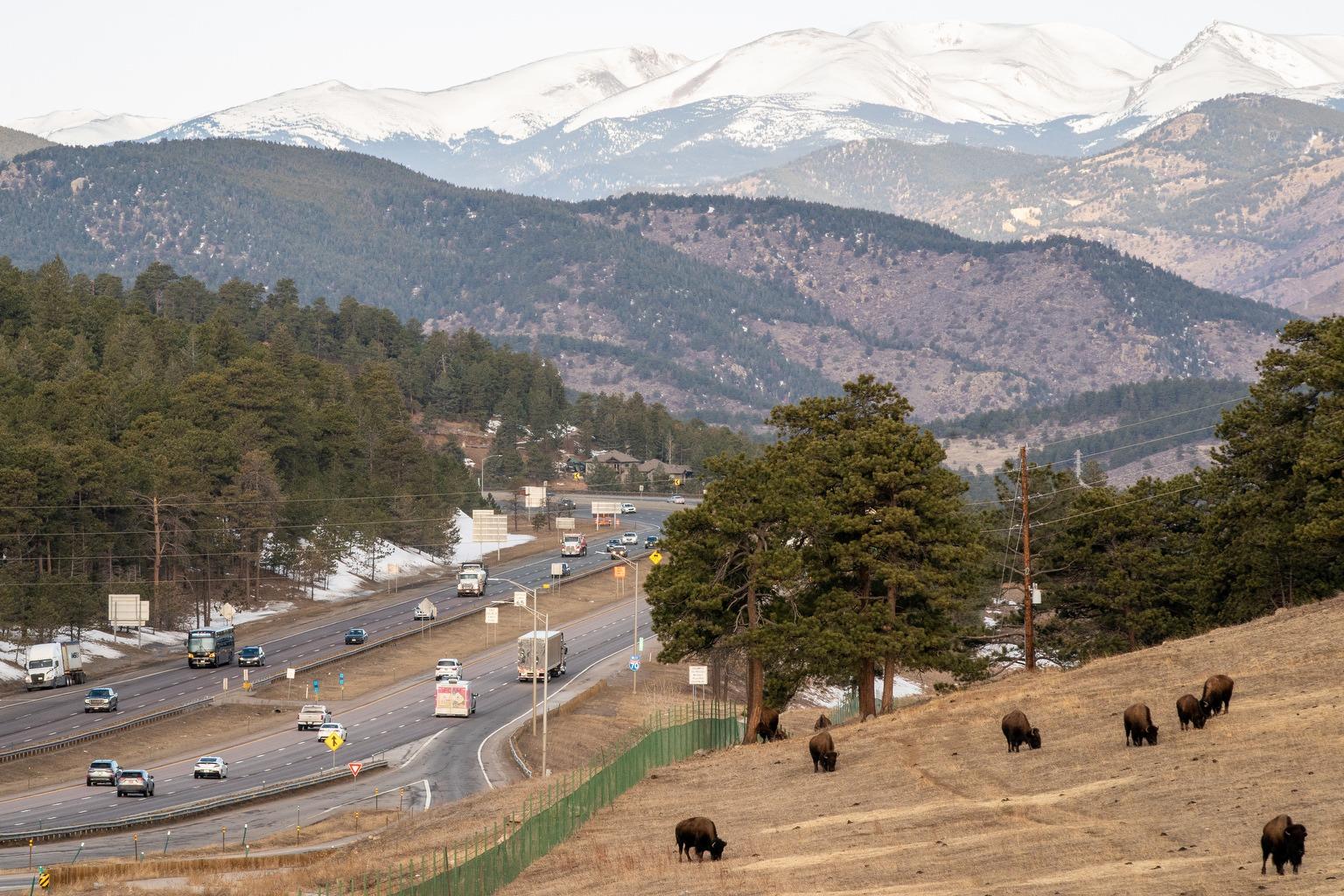
Coronavirus hospitalizations rose again Monday to the highest level of the current wave of the pandemic and the highest since Dec. 23 of last year.
The 1,170 people hospitalized Monday with confirmed cases of COVID-19 are roughly 300 more than a month ago and 900 more than the lows of the summer, but still nearly 700 lower than last December 1st, thus far the peak of the pandemic in Colorado.
Nearly eight out of 10 of those hospitalized patients are unvaccinated against COVID-19.
In many ways, Colorado’s pandemic story is a tale of two states. One fully vaccinated, not a bit worried, and going to Avs and Nuggets games and nights out, the other trying to get on with their lives without getting vaccinated, but at constant risk of hospitalization or worse, and at risk of spreading the virus to loved ones. Young children are not yet eligible for vaccine.
“The heartburn, obviously, that I'm feeling is that we're inching closer and closer to Thanksgiving. And the fact we are plateaued or continuing to increase means we're going to be in for a rough several months,” said Dr. Michelle Barron, the senior medical director of infection control and prevention for UCHealth.
Over the holidays, as more people travel and mix and spend time indoors, the risk of spreading the virus grows as it moves from person to person through the air.
The longer the pandemic trudges on, the more of a toll it takes on exhausted frontline nurses and doctors. Thirty six percent of Colorado hospitals report that they anticipate staff shortages, and 29 percent anticipate intensive care unit bed shortages, within the next week, according to the state’s COVID-19 data dashboard.
And unlike last year, when hospitals stopped most elective surgeries and procedures, they are currently treating all kinds of patients, including those who have delayed care and now need it for things like joint replacements, strokes or heart attacks.
- ‘No place for the patient to go ’ — As a new COVID wave hits, hospitals struggle to find open beds
- Nuggets and Avs fans pack Ball Arena, with few masks in sight — even though they’re required
- Colorado’s college campuses have become COVID vaccine islands, with lower case rates than the surrounding areas
“I think we're certainly at our highest capacity levels that we've seen. Our hospitals are stretched incredibly thin,” said Cara Welch, a spokeswoman with the Colorado Hospital Association. “We're having to pull all of the levers available to us, so we have emergency departments going on divert (turning away ambulances as emergency rooms fill). We're turning down out-of-state transfers.”
Welch said concerns are rising, now that the state is heading into flu season and many people are expected to need hospital help for respiratory viruses. That includes RSV, which is also seeing a rise in cases, according to doctors.
The vaccine has been demonstrated to be safe and effective, and doctors, nurses, academics and politicians have been raising the alarm about hospital capacity for weeks, and still, more than one in five Coloradans who are eligible for vaccination have not received even a first dose. The number of people getting a shot fell to 87,928 in the week of Oct. 10, the most recent week with complete data. Vaccine administration had been above 100,000 per week in the two weeks before that.
Sixty-one percent of Coloradans of all ages are now fully vaccinated. For those older than 12, the number is even better, at 71 percent, and it’s 86 percent for those 65 +.
But in a state with about 5.7 million people that still leaves more than two million who are still unvaccinated. And they’re the ones most directly at risk, according to doctors and public health experts.
After a slight drop in cases earlier this month, which raised hopes a peak had been reached, cases again increased last week, to 15,190. That’s just below where they were two weeks ago at 15,288.
Some of those unvaccinated people who acquired COVID-19 in the last week are those who will be next to be admitted to hospitals.
Another key metric also raises concern: The state’s 7-day average positivity rate on Monday was 8.46 percent. That’s the highest it’s been since mid-December and well above the five percent threshold viewed by infectious disease experts as indicating a high level of transmission in the community.









